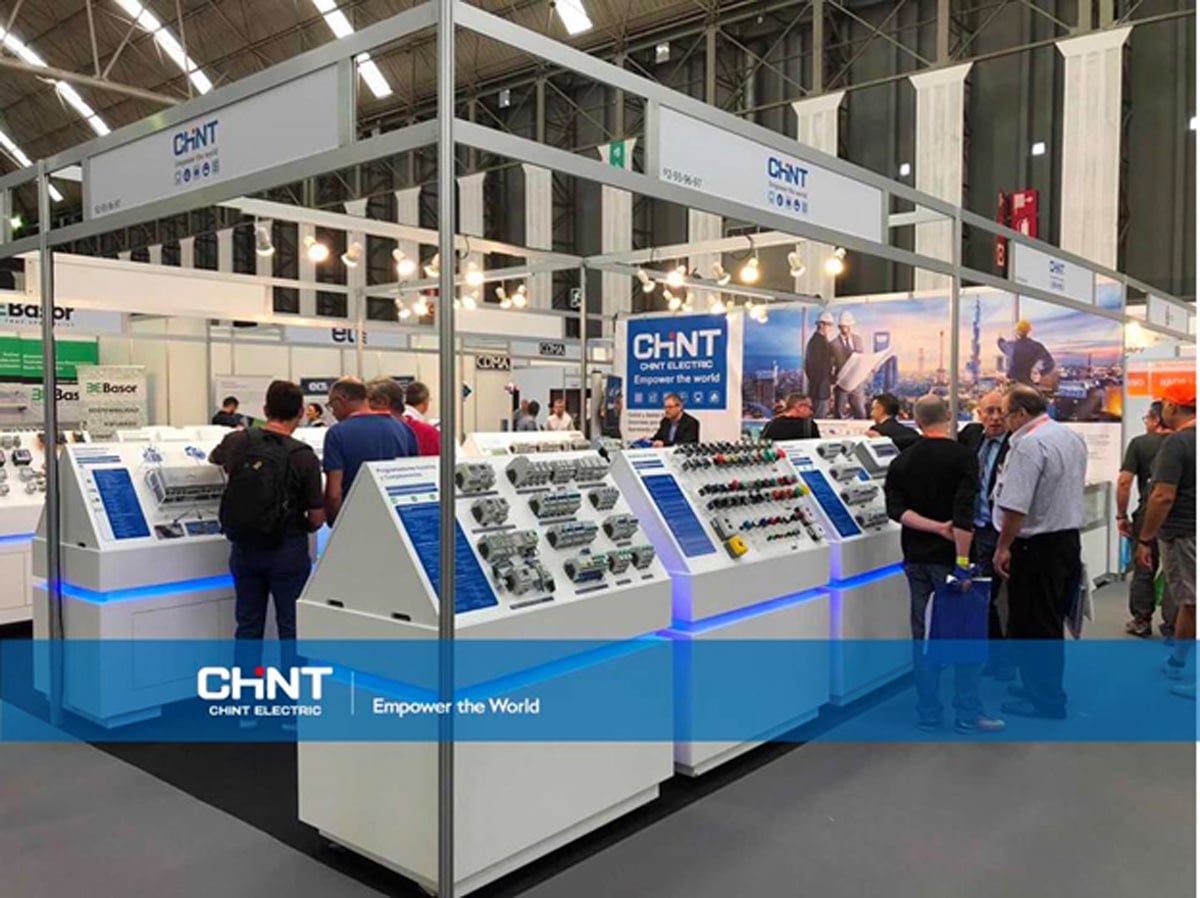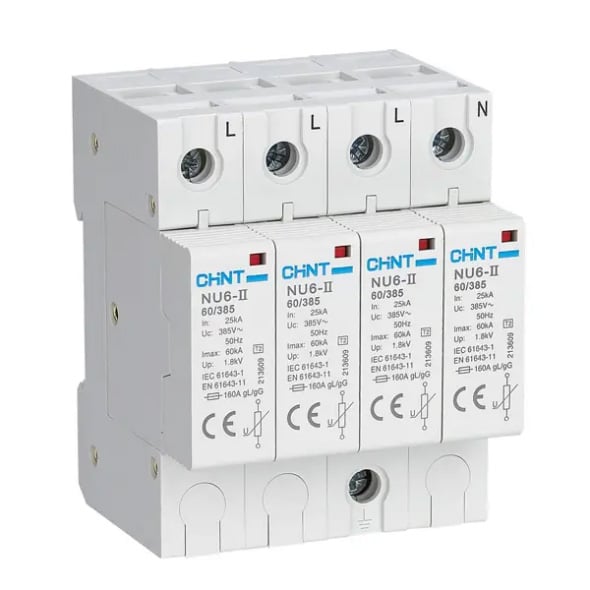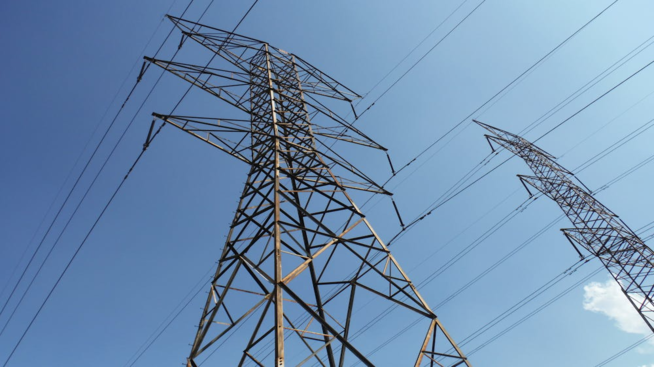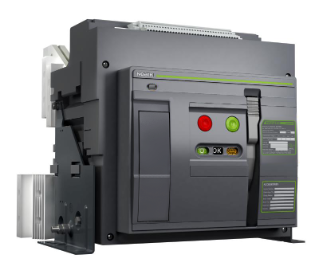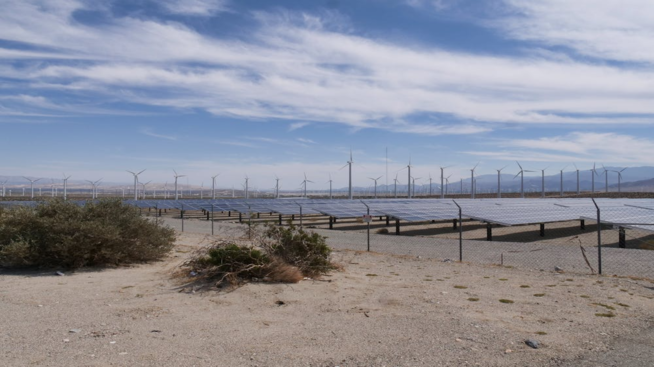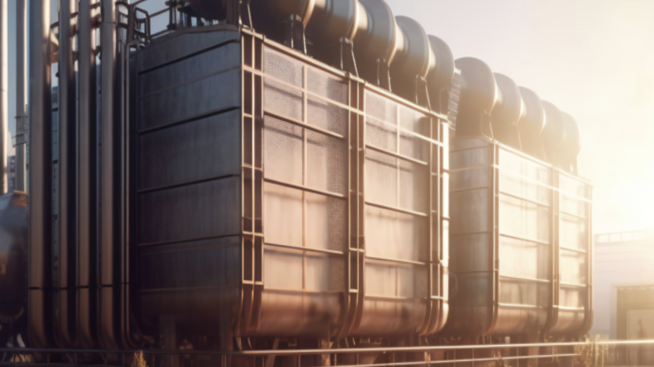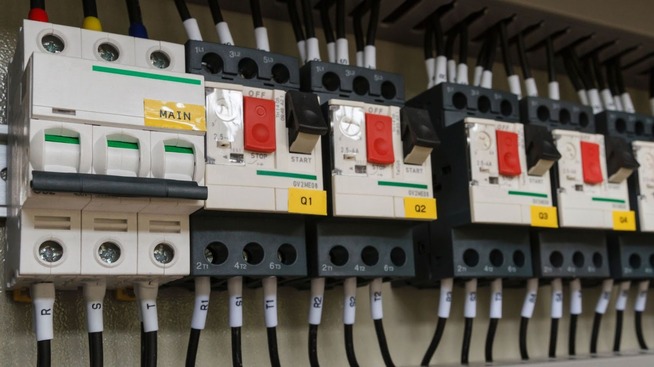Table of Contents |
Because of the complexity of modern electrical systems, they are continually exposed to many critical conditions like overvoltage and power surges. And although it only takes a split second for a power surge to occur, this massive spike in electricity can wreak havoc. It can damage the system and ultimately lead to electrical equipment failure.
That’s why using a high-voltage surge arrester is vital to ensure your electrical system is protected from potential power surge-related damage.
From basic applications to installation, here is a quick round-up of how a high-voltage surge arrester works and what it can do to protect your electrical system.
What Causes Electrical Surges?
An electrical surge is a short-duration, high-energy impulse that is introduced into an electrical power system when there is a sudden change in the electrical current. A common misconception about power surges is that they can only occur when there is extreme weather, but surges can originate from external and internal sources. Here are three of the most common causes:
1. Lightning
When lightning directly strikes power lines, it produces a tremendous spike in voltage, that your electrical system has no other option but to accept the excessive current. This extreme burden on the system is what causes a power surge.
2. Electrical Overload
This happens when too much power is drawn from only one circuit, usually when too many devices are plugged in at the same time. The overwhelmed single circuit receives an extreme voltage spike from the massive power being drawn.
3. Blackout
When large-scale power grid failure results in a blackout, it is not the power outage that causes the surge but the return to power. Once the electricity is restored, a sudden current surge usually causes an electrical surge.
What is a High Voltage Surge Arrester?
A high-voltage surge arrester is your electrical system’s first line of defense against atmospheric and switching overvoltage resulting from power surges.
Their primary purpose is to divert surge energy into the earth safely and ensure that the resulting voltage across the terminals remains normal and continues in its path. This prevents damage to the insulation of associated electrical devices.
The main electrical characteristics of surge arresters include:
- Resealing voltage
- Maximum continuous operating voltage
- Rated short-circuit current
- Nominal discharge current
There are different types of surge arresters that are classified according to the rating of voltage levels, protecting capabilities, and stability in pressure support. Three of the most common types are:
1. Distribution Arresters
This arrester offers minimal surge protection and less energy discharge—typically used in medium voltage networks. They are rated from 1 kv to 36 kv and used within elboe and cubicle-mounted transformers.
2. Station Arresters
This type of arrester offers more protection than distribution arresters — having minimal discharging levels, more energy absorption, and high-pressure relief. These are usually used in huge substations.
3. Intermediate Arresters
This type is the middle ground between the station and distribution arresters. They offer medium-level protection and energy-discharging capabilities — usually found in smaller substations.
Related Articles: What is a Surge Arrester: Working Principle and Types
Related Articles: The Only Guide You Need for Surge Arrester
When Would You Use a Surge Arrester?
Nowadays, many components in our modern electrical devices are not designed to handle high voltage. This means that a high-voltage surge arrester is vital for bringing an even and dependable flow of electricity to your home or office.
Surge arresters have a number of different applications—whether it’s preventing damage from your devices at home or providing grid protection for utility substations.
Here are some of its most common applications and uses:
- Surge protection in places at risk of lightning storms
- Surge protection in polluted areas and areas with high seismic activities
- Arresters are employed in most electrical installations to safeguard the systems
- Implemented in lightening applications and distribution boards, as well as data applications
- HDVC Protection
- Protection of series capacitor banks
How Does a Surge Arrester High Voltage Work?
While the main purpose of a high-voltage surge arrester is to protect your electrical system from surges, it does not actually absorb any of the voltage that passes through.
Instead, it works by discharging or bypassing the surge current to the ground rather than flowing through your electrical devices — providing a low resistance path across the terminals.
The key component for the success of a high-voltage arrester is its Metal Oxide Varistor or MOV —a highly sensitive voltage semiconductor. During instances of sudden spikes causing high voltage, the MOV acts as a barrier and prevents current from passing through.
Its main function is insulation coordination — the selection of dielectric strength of equipment in your electrical system. The arrester keeps the voltage at a level below the withstand voltage — which is the highest voltage that can be applied to an electrical device without incurring damage.
This process is how your electrical equipment withstand the high dielectric stresses resulting from lightning strikes and power switching so that voltage stays at an adequate safety margin.
How to Install High Voltage Surge Arrester?
Just like other electrical protection devices, a high-voltage surge arrester only works if it is installed properly. And this depends wholly on its intended purpose, whether residential or utility.
For residential purposes, surge arresters are usually installed on circuit breakers inside the home. The key here is to have a good ground connection. It should be located as close as physically possible to the AC entrance. This improves surge protection by reducing the induction of the wiring.
For utility purposes, installation is usually done outside. So the most important tip is closer placement if it is to be connected to a power line — so that it effectively acts as a barrier between the power line and the transformer.
How to Choose the Right High Voltage Surge Arrester?
When it comes to choosing the right surge arrester for your needs, it’s important to take the following factors into consideration:
1. Risk Assessment
A good starting point is considering which areas are most at risk of surge-related damage. You can then consider the type of surge arrester best suited to the kind of house or building you’re planning to protect, whether you only need a distribution arrester for minimal protection or a station arrester for more heavy-duty guarding.
2. Maximum Continuous Operating Voltage (MCOV)
It’s a good tip to choose an arrester with a high MCOV to provide more wiggle room from your line voltage. This way, the arrester can operate during both low and high voltage. But at the same time, the MCOV shouldn’t be too high compared to your line voltage to limit the maximum discharge.
3. Budget Restrictions
This goes without saying, but choosing a surge arrester that won’t break the bank while still providing high-quality, reliable surge protection is also essential.
Conclusion
High voltage surge arresters are important to protect your electrical equipment against the effects of lightning and switching surges.
But here’s the real deal, not all surge arresters are created equal. If you want a reliable surge arrester that is KEMA-certified, Chint Global offers a variety of different arresters that are guaranteed to safeguard your electrical equipment. With a huge line-up of quality choices, you can find one that best suits your specific electrical needs. See our line of surge arrestors here.




